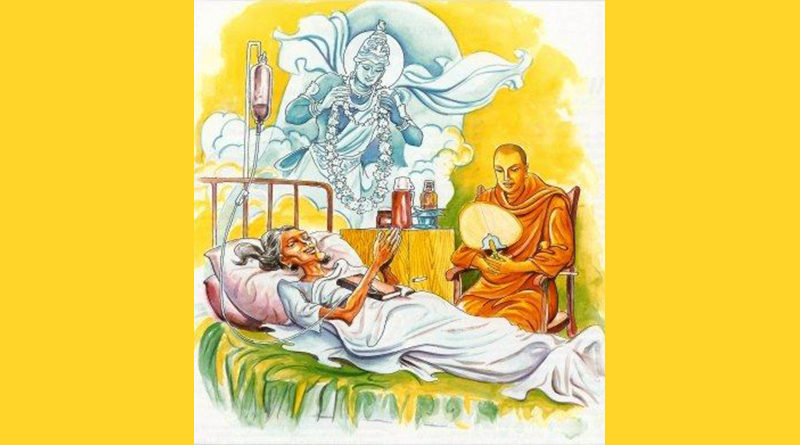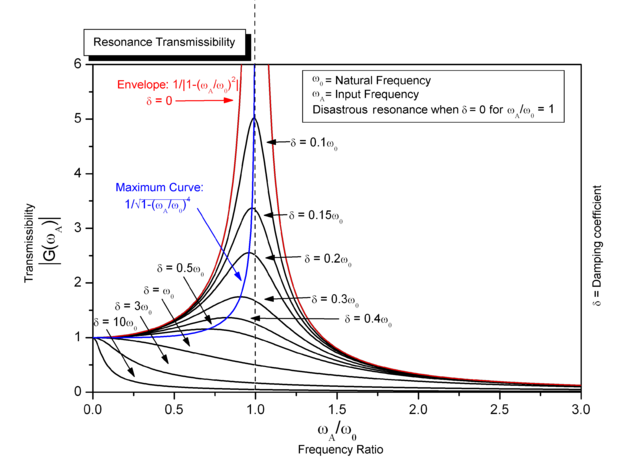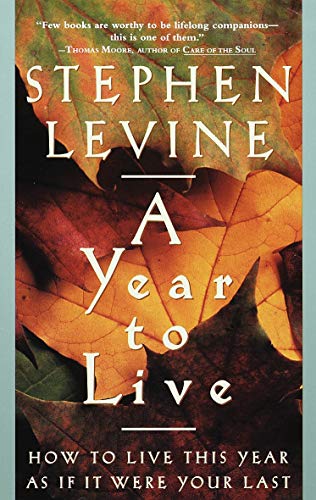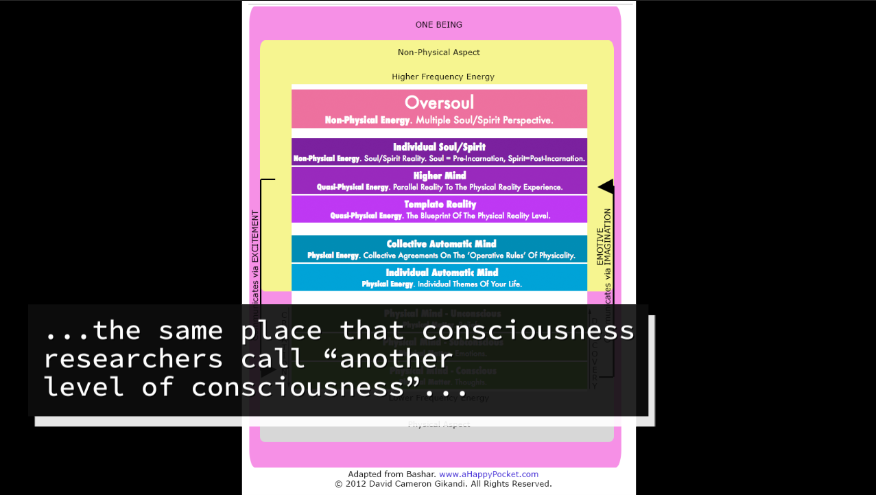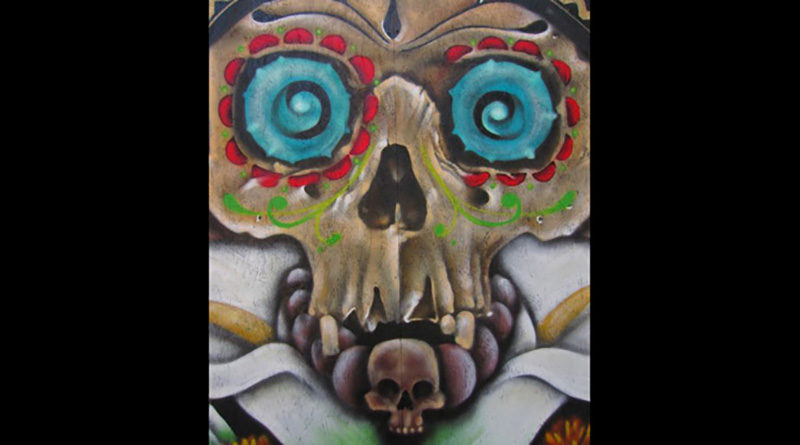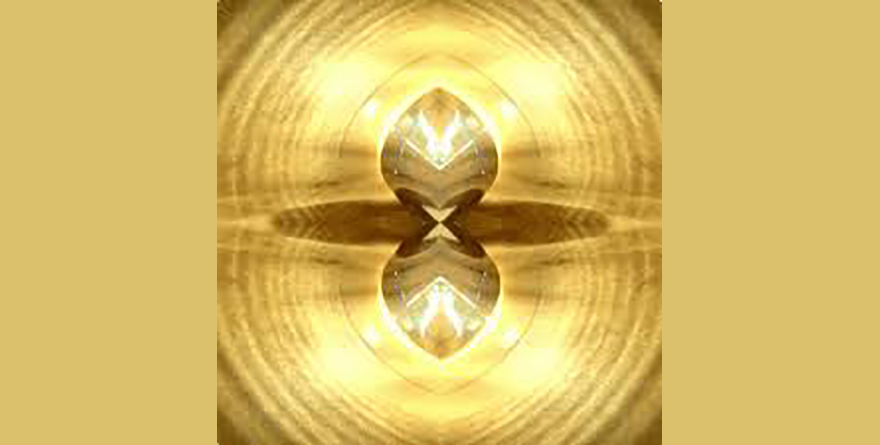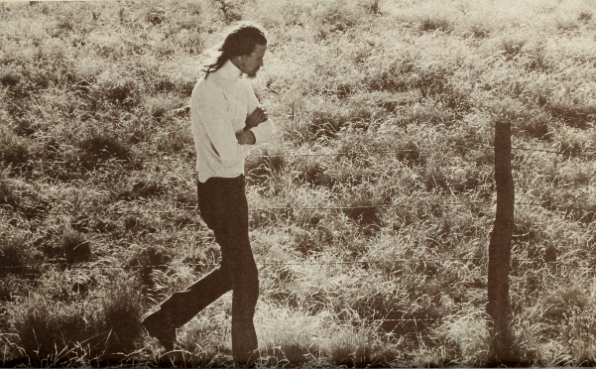- “It is here where some experience and training in spiritual travel and out-of-body experience may be of greatest help. It may first help the individual maintain a state of detachment. The spiritual traveler who has experienced the inner world during life can take the whirlwind nature of inner world following death with more calm and detachment. Those who have read examples of the kinds of states encountered in spiritual travel [on the author’s website] will understand that some experimentation and discovery in the inner worlds may prepare the soul for many of the dynamics of the states it may encounter after death. The similarity of certain aspects of the near-death experience (a temporary bardo state) and elements of spiritual travel experience (the ‘tunnel’ experience for example) show some common qualities between certain spiritual travel states and these bardo states.
- “The soul experienced in spiritual travel is less likely to be disoriented by this inner torrent of psychic experience. To put it another way, while the spiritual traveler or yogi swims through the ocean of consciousness, the inexperienced soul may feel more like it is drowning in that ocean. But as with a drowning person, the most important thing is to have a direction in which to swim to safety. The point of orientation or goal for the person in the second bardo may be a deity, a mantra, a prayer, a heaven, a guide, or some similar spiritual goal but the spiritual traveler must be able to focus and move towards that goal using meditative techniques learned and practiced during their former life in the physical world. This is the active approach of the spiritual traveler.
- “The second advantage is that the spiritual traveler has entered the waters of consciousness consciously on many occasions and is practiced at directing his or her experience in the inner worlds.
- “The greatest problems of the soul in the second bardo are negative emotions like guilt and fear (which results from a lack of familiarity with the inner worlds), and lack of conscious control over its own experience. Fear is particularly harmful because it fragments the self, making concentration on one thing difficult or impossible, and this can lead to confusion and loss of conscious control.
- “The soul in the second bardo is many times caught in a dream state sometimes unaware that it has died, and incapable of taking action to raise its state of consciousness to a threshold level of awareness where it can direct its attention towards spiritual states.
- “This is one of the reasons it is important to do a regular spiritual practice during life. Doing meditation or prayer every day establishes a pattern of spiritual activity. It then becomes automatic and the habit of seeking after the divine reality continues during the after-death state where it can have powerful results. A daily spiritual practice differs from other more common spiritual practices such as going to church or temple because it is done more often than once or twice a week. Meditation therefore establishes a stronger habit pattern in the individual and is a valuable addition to group-oriented spiritual activities such as attending church.
- “Regular meditation can also be more powerful because it is usually a less passive activity than church since it fully involves the individual in the meditative process rather than making a spectator out of him or her.
- “What the soul in the second bardo needs to do is ‘wake up’, as in a lucid dream, and begin a meditation or mental exercise that draws it towards a desired stable and more conscious state of awareness where it can have some control and continue to evolve spiritually. The opposite of conscious control is a dream-like state where the individual experiences only the results of his or her previous actions, and mechanically moves from thought to thought based on thinking patterns developed during life.
- “Waking up within a dream is one of the activities the spiritual traveler practices when he or she leaves the body to travel the inner planes. Beyond this, the traveler is also always practicing and perfecting the art of directing his or her attention towards some desired state. Some Buddhist teachers claim that experience in the second bardo is completely determined by karma and deny that conscious control of experience is possible in this state. However it is the contention of the author that experience with meditation and actual spiritual travel experience during life can both be helpful in rising above the semi-conscious state characteristic of the second bardo, and moving into a more conscious and desirable state following physical death.
- “For those who practiced a devotional tradition in life, some will semi-consciously repeat a religious or a meditative ritual asking gods or intercessors to draw them out of the second bardo world. We see an example of an attempt to create such a ritual in the Catholic rosary, where Mary as intercessor is requested to ‘Pray for us sinners, now and at the hour of our death….’
- “This phrase is from the Hail Mary Prayer. One effect of the repetition of this prayer fifty times in the rosary is that such a prayer for help and intercession may become an automatic process, which will repeat itself in the bardo.
- “For those fortunate enough to be more conscious in these bardo states, a petition to a god, guru, guide, saint, or intercessor can be made in hopes that the individual will be lifted or guided out of the bardo worlds by one of those entities. But here again, the call must be concentrated and the ability to ignore the surrounding chaos somewhat developed. When such grace is given, it is a form of salvation where the individual is saved from the discomfort and confusion of the “outer darkness” of the bardo by a powerful entity — usually one that individuals formed a bond with in their former life. To use the swimming analogy, here the individual calls out to a lifeguard in hopes of being rescued from the turbulent waters of the bardo state. This is the more passive approach of the devotee.
- “We should also note that souls in this bardo are thought to be very sensitive to the thoughts and attitudes of those they knew during life. The Tibetans therefore put great effort into doing chanting, reading of sacred texts, and other religious rituals to help the dying soul on its journey in the afterlife. Praying for the peace and happiness of the dying person therefore has great value and provides a benefit to both the living and the dead. This process of sending good wishes to those who have recently died can create a positive spiritual atmosphere which can orient and bring peace to the person in the bardo realm, and can also counter some of the sorrow and upset that accompanies the loss of a loved one.”
Excerpted from the Tibetan Buddhist and Spiritualist Views of After-Death States: Spiritual Travel and the Second Bardo.
